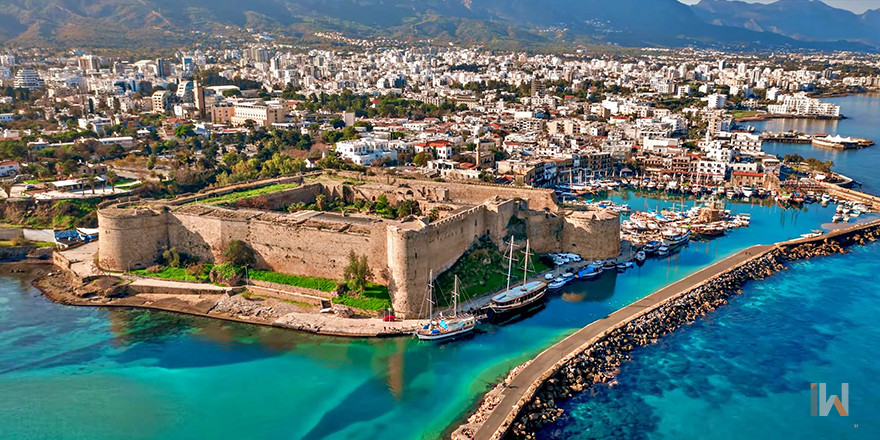POPULATION
1.255.897
CURRENCY
TURKISH LIRA (₺)
GBP (£)
EURO (€)
TIMEZONE
GMT +3:00
LANGUAGE
TURKISH
WEATHER
JULY 39ºC /
JANUARY 20ºC
AIRPORTS
Ercan Airport
HISTORICAL IMPORTANCE OF NORTHERN CYPRUS
Northern Cyprus, an independent state located in the northern part of the island of Cyprus. Since the Cyprus Operation carried out by Turkey in 1974, it has been recognized by international organizations such as the United Nations and the European Union as the northern region of the Republic of Cyprus. Major settlements in Northern Cyprus include Nicosia, Kyrenia, Famagusta, Morphou, and Iskele. Influenced by the Mediterranean climate, Northern Cyprus is generally characterized by a hot and arid climate with minimal rainfall throughout the year. The coastal areas of Northern Cyprus, under the influence of the Mediterranean climate, are frequent visiting grounds for the Chelonia mydas and Caretta-Caretta Turtles, which have a long history in these unique marine habitats. These shores have been hosting these extraordinary marine creatures for centuries.
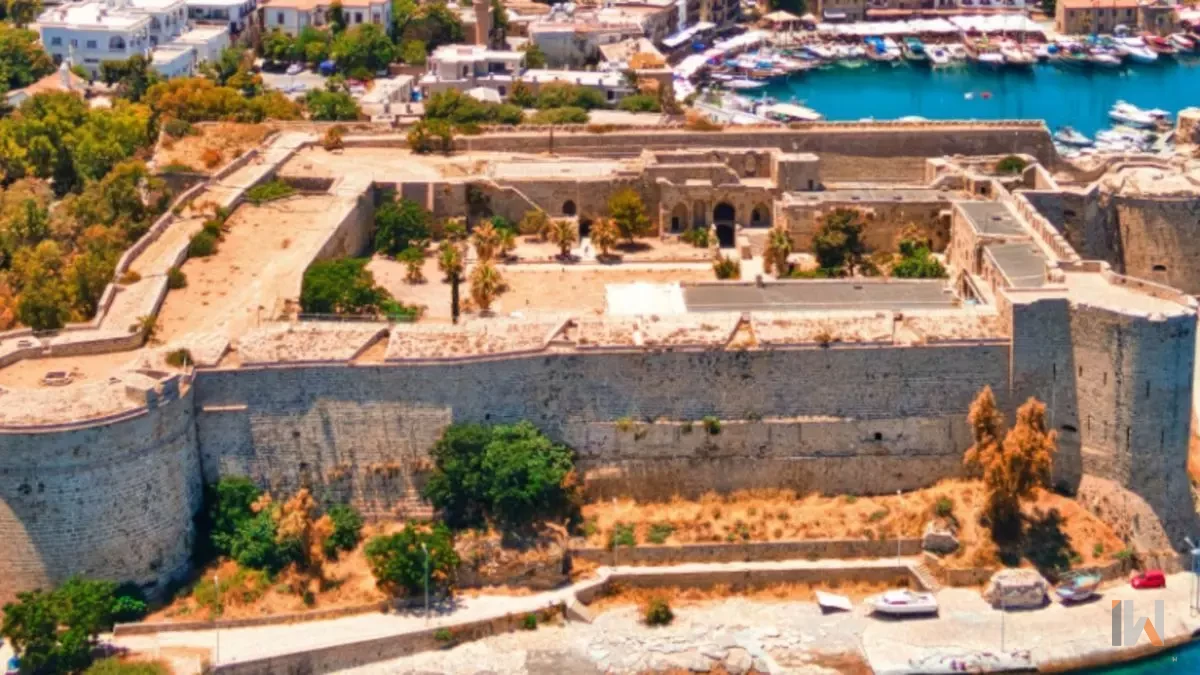
TIME FOR A VACATION AMIDST THE FRAGRANCE OF FRUITS IN NORTHERN CYPRUS
Northern Cyprus is famous for the wildflowers blooming in spring and the scents of orange, lemon, and grapefruit blossoms filling the air. During this period, the rejuvenation of nature and the burst of colors provide visitors with a visual and sensory delight.
THE BEST TIME TO VISIT NORTHERN CYPRUS
Tourism is one of the key sources of income for Northern Cyprus. The country is renowned for its tourism-related facilities and an attractive climate. The climate of the country provides a favorable atmosphere for holidaymakers throughout the year. Rainfall tends to intensify mainly in December and January, while the sea temperature remains above 20°C for over six months.
TRANSPORTATION TO NORTHERN CYPRUS
At Ercan Airport, much like other airports, budget-friendly buses stand out as pioneers in affordable transportation. Although they may be slightly slower compared to other transportation options, they are the most economical way to reach the city center. If you are traveling for leisure and don't have excessive luggage, bus transportation may be recommended.Bus services organized by KIBHAS offer a cost-effective option for transportation from Ercan Airport to the city center. Regular routes for each arriving flight at the airport make bus transportation an ideal choice for those seeking an economical way to reach the city center.
BARBARISM MUSEUM
The Barbarism Museum is a charming house with a garden, located on a street corner in the capital of Cyprus. Hosting echoes of the massacres on December 21, 1963, perpetrated by the Greeks, the museum narrates the painful stories experienced by Cypriot citizens. The house, where the wife Mürüvvet and children Murat, Kutsi Hakan of Lieutenant Colonel Dr. Nihat İlhan of the Cyprus Turkish Forces Battalion, along with the homeowner Feride Gudum, were murdered at the beginning of the civil war on December 24, 1963, has been preserved by the museum. The museum lays bare this sorrowful chapter of history for visitors.
THINGS TO DO AND PLACES TO VISIT
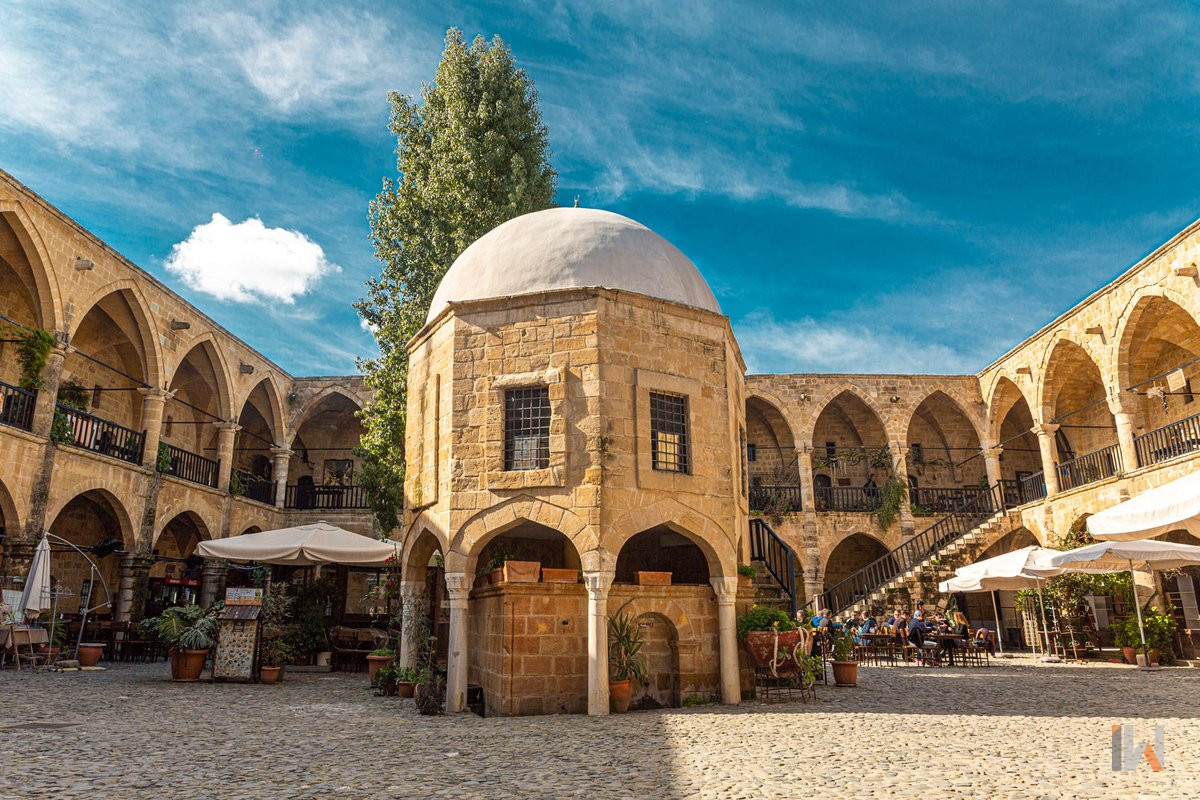
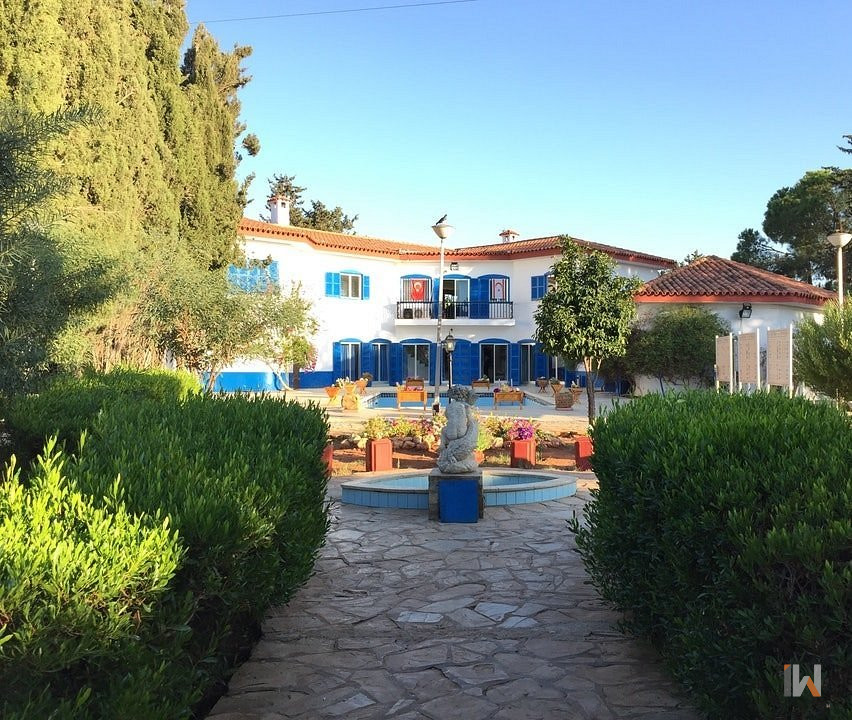
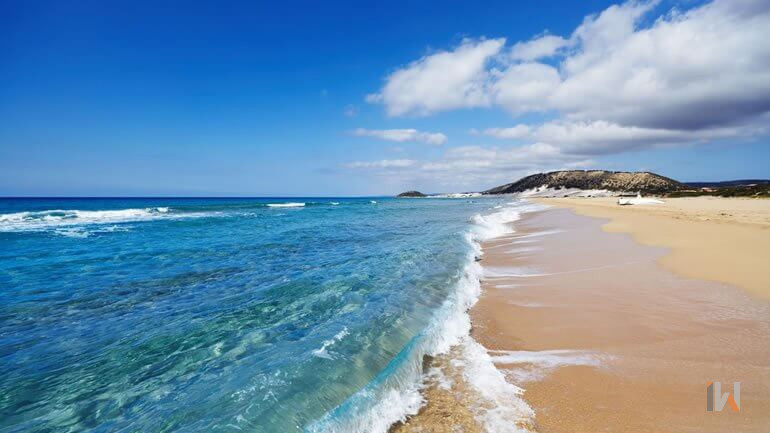
WHAT TO EAT IN NORTHERN CYPRUS
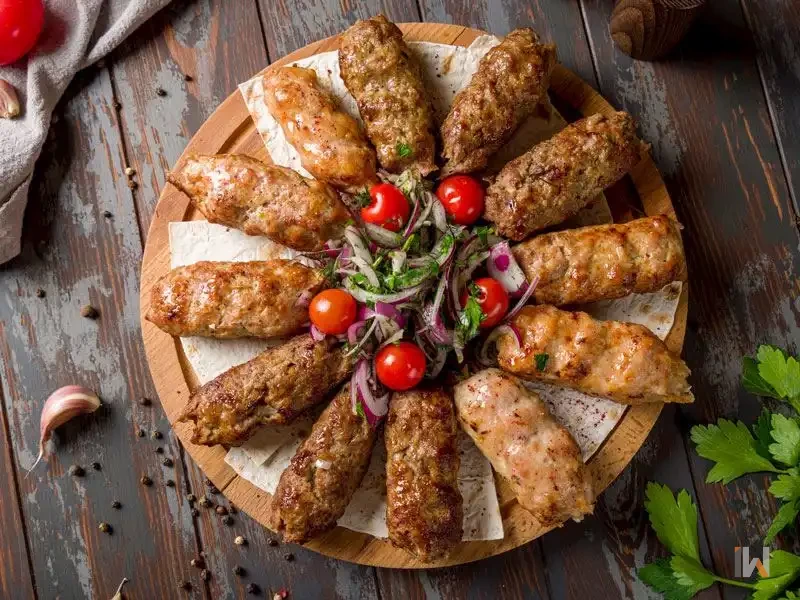
ŞEFTALİ KEBAB
Undoubtedly, one of the unforgettable flavors of Cypriot cuisine is the Şeftali Kebab, bearing the name of Chef Ali. Prepared with goat or lamb meat and enriched with parsley and spices, the Şeftali Kebab is shaped into meatballs, grilled, and served with various garnishes. A distinctive feature of Şeftali Kebab is the inner fat called "terp" wrapped inside the meat and cooking over charcoal. It's worth mentioning that despite its name, there is no actual peach (şeftali) in the dish. This unique kebab adds a memorable contribution to the palate of Cyprus.
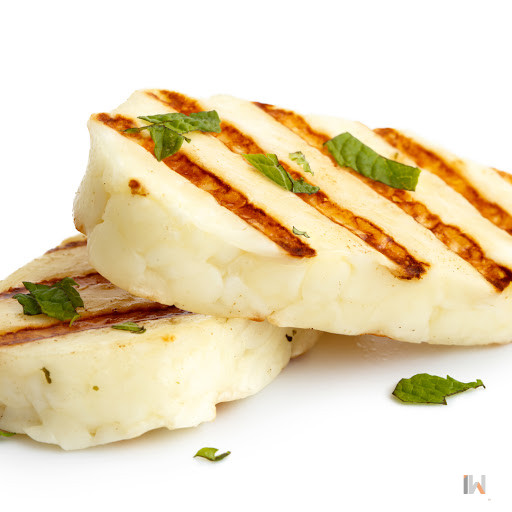
HELLIM
Undoubtedly, the indispensable delight of Cypriot cuisine is hellim. This unique flavor, exclusive to Cyprus, has become an icon that everyone must try and cannot leave without buying. Whether enjoyed in a salad, grilled, or drizzled with olive oil, hellim is delicious in every form. When you taste hellim made from sheep and goat milk as a grilled dish, you encounter a real feast of flavors. You can find this unique taste not only in many restaurants in Cyprus but also by purchasing it from markets to enjoy at home. Hellim is the pride of Cyprus, leaving an unforgettable mark on the palate.
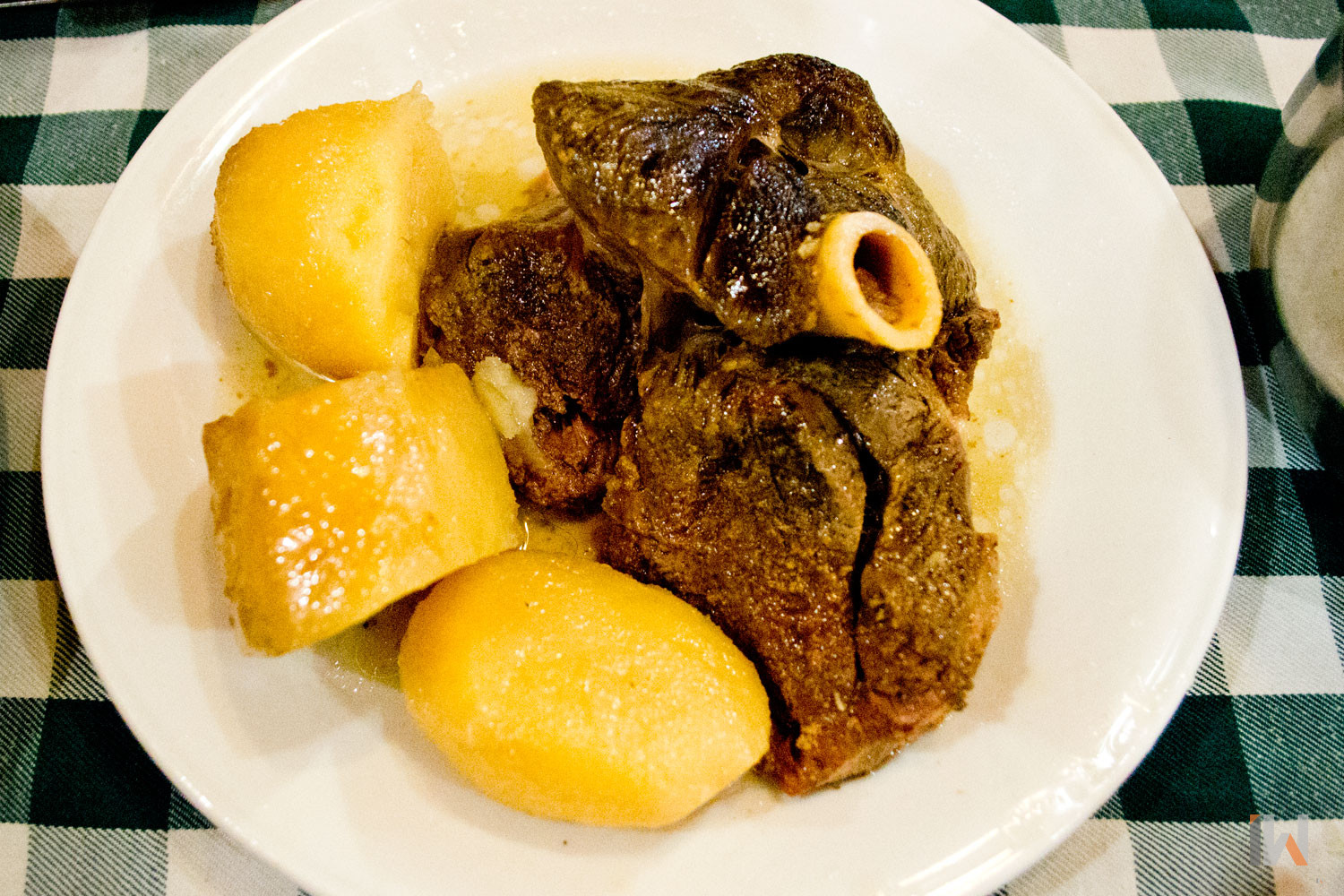
KLEFTIKO
A widespread delicacy in Cyprus, Oven Kebab, also known as Kleftiko, is a special dish prepared by long, slow cooking in a clay (brick) oven. Rooted in ancient Cypriot traditions, this kebab is associated with sheep stolen from the wealthy. The stolen lamb meat would be buried underground and cooked in the same pit to conceal the pilfered meat. Hence, it is sometimes referred to as "Thief's Kebab." The preparation of the kebab is quite distinctive. After preheating the stone oven, potatoes and meat are placed in a large tray. Salt, black pepper, and spices are added, and bay leaves are a must. The tray is moistened with a bit of water, covered with foil, and placed in the oven. The oven's mouth is sealed with clay, and after cooking for approximately 5-6 hours, you can be ready to experience this traditional delight.
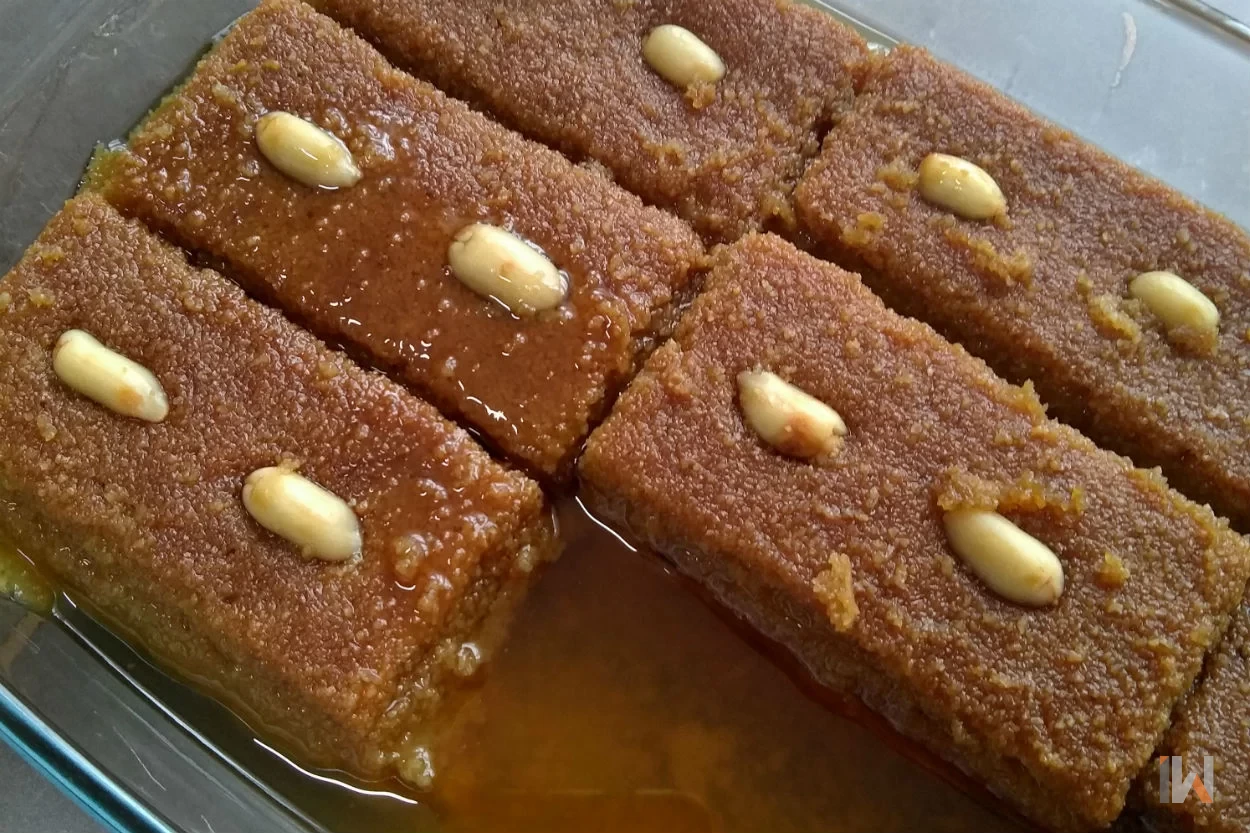
SAMISHI
A type of dessert made with Cypriot semolina, Şamishi is prepared by frying. It is enjoyed with enthusiasm both in Southern and Northern Cyprus. During special occasions like weddings and religious holidays, Şamishi is served warm. For those with a sweet tooth, it offers a unique and delicious experience.
HOW MANY DAYS SHOULD YOU SPEND IN NORTHERN CYPRUS?
Cyprus is a tremendous destination with many places to explore. Depending on your travel purpose, whether it's enjoying the beaches, discovering historical sites, or combining both, it's important to plan the number of days you'll spend in Cyprus. If you want to savor the beaches, you can soak up the sun and sea. However, it's also crucial not to forget exploring historical sites. If you aim to focus on Cyprus's rich history and cultural heritage, allocating 5 days would allow you to experience this in-depth.
